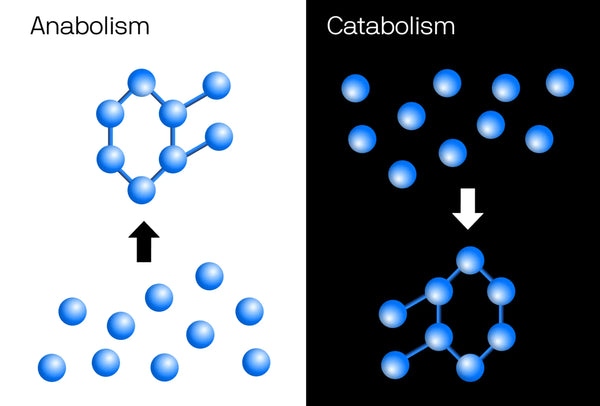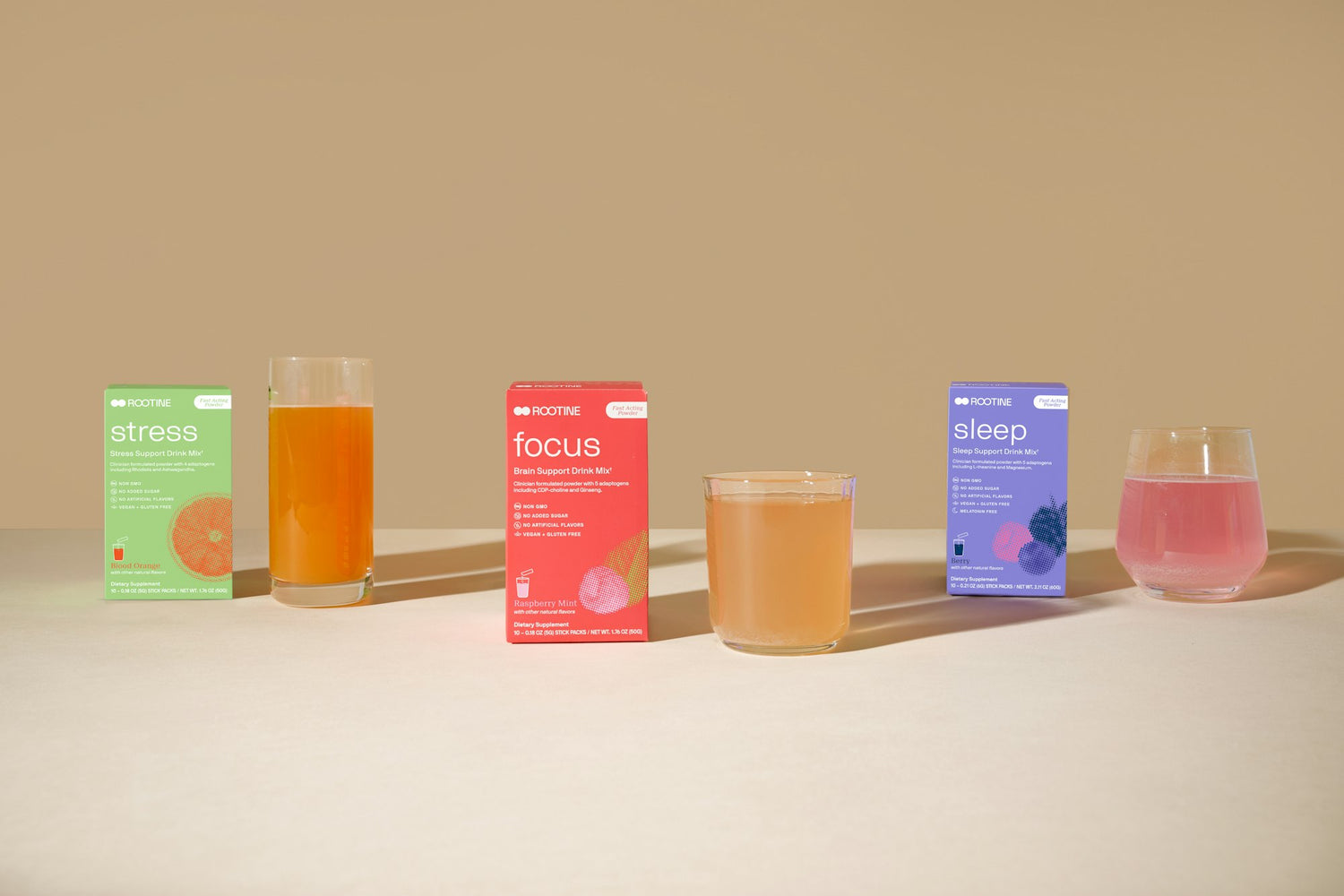Protein: An Overview
Protein. We all know it matters, but do you know why?
Protein is one of the three macronutrients: carbohydrates, fat, and protein. Together, 20 different amino acids act as the building blocks of proteins [1].
Amino acids can be divided into two categories [2]:
- Essential Amino Acids: Must be consumed in your diet as the body cannot make them. Examples include leucine, lysine, methionine, and tryptophan.
- Non-Essential Amino Acids: The body can make these amino acids from essential amino acids supplied by the diet via protein intake alongside micronutrient cofactors like vitamin B6. Examples include alanine, arginine, glycine, and tyrosine.
What is the Function of Protein in the Body?
In addition to the 20 amino acids that act as the building blocks of protein, there are seven different types of proteins. These proteins are used to 1) regulate gene expression and immune function, 2) drive biochemical reactions via enzymes, hormones, and neurotransmitters, 3) provide the structural components of our muscle, hair, and skin, and 4) maintain fluid and pH balance in the body [3].
Basically, proteins play a critical role in our overall health, and especially in times of stress. Without adequate intake, our health can suffer.
Understanding Your Metabolism and Protein: Catabolic vs. Anabolic
To understand the importance of protein during a stress response, we need to define two opposite metabolic pathways in the body, both essential for life: catabolic and anabolic [4].

Catabolic: Breakdown
Catabolic reactions take larger molecules and break them down into smaller ones [4]. Digestion is a great example. The body takes large pieces of food and breaks them down into the proteins, sugars, fats, vitamins, minerals, and other nutrients the body needs.
Catabolic reactions happen no matter what you do or don’t do for your body. If food is not available, the body will breakdown fat and muscle to supply energy.
Anabolic: Build Up
Anabolic reactions take small molecules and uses them to build bigger structures [4]. Lifting weights to increase muscle mass or healing a broken bone are examples of anabolic reactions.
Anabolic reactions only function normally when the body is well cared for.
What Happens to Protein Needs Under Stress?
When the body is under stress, it releases catabolic hormones cortisol, adrenaline, and glucagon. These hormones signal the release of stored sugar from the liver and break down muscle to supply energy to mitigate the stressor. Once the stress has passed, the body finds equilibrium.
A problem arises when the body is under chronic stress. Chronic stress leads to longer catabolic, or breakdown, signals in the body. What happens as a result? The liver depletes its stored glucose. Muscle and fat stores begin to be depleted. Micronutrients are depleted [5]. As the catabolic process progresses, individuals may notice blood sugar imbalances, muscle loss, fatigue, decreased body temperature, hair loss, lackluster skin, poor immune system function, brain fog, and digestive distress.
Prolonged catabolic signals from stress increase the need for dietary protein [6]. Consuming adequate protein under stress can help shift your metabolism towards anabolic pathways that are healing and restorative. Prolonged stress can lead to severe blood sugar imbalances due to glycogen (stored glucose) depletion in the liver, protein breakdown, and malabsorption of nutrients due to GI dysfunction. Consuming regular amounts of high-quality protein (with essential amino acids) combined with high-quality carbohydrates can get you off the blood sugar rollercoaster.
Your Rootine Action Steps:
- Aim for 20-30 grams of protein, at least 3 times daily
- Consider consuming 1 gram of protein per pound of body weight. Example: 150 pounds = 150 grams of protein
- Monitor the quality of your protein. More complete proteins such as chicken, fish, beef, and lamb will supply more amino acids for healing and repair. Vegans and vegetarians should track amino acids
- Consider a protein snack before bed if your cortisol levels are high at night.
Other habits that will help shift your metabolism towards healing and repair (anabolic):
- Weight lifting instead of cardio. Cardio is catabolic so do sparingly under stress
- Prioritize sleep. Sleep is when the body repairs and heals. More sleep = faster stress recovery
- Consume an anti-inflammatory diet. Cytokines are inflammatory molecules that are catabolic.
The Bottom Line
Prolonged stress can increase the need for dietary protein. Prioritize getting adequate amounts of high-quality proteins always, but especially in times of stress.
Sources
- Andrew LaPelusa; Ravi Kaushik. Physiology, Proteins. Stat Pearl. National Library of Medicine. November 2021. https://www.ncbi.nlm.nih.gov/books/NBK555990/
- Michael J. Lopez; Shamim S. Mohiuddin. Biochemistry, Essential Amino Acids. Stat Pearl. National Library of Medicine. March 2022. https://www.ncbi.nlm.nih.gov/books/NBK557845/
- Alberts B, Johnson A, Lewis J, et al. Molecular Biology of the Cell. 4th edition. New York: Garland Science; 2002.
- John J. McCarthy, Karyn A. Esser. Anabolic and catabolic pathways regulating skeletal muscle mass. Curr Opin Clin Nutr Metab Care. 2010 May; 13(3): 230–235.doi:10.1097/MCO.0b013e32833781b5
- Adrian L Lopresti. The Effects of Psychological and Environmental Stress on Micronutrient Concentrations in the Body: A Review of the EvidenceAdvances in Nutrition, Volume 11, Issue 1, January 2020, Pages 103–112, https://doi.org/10.1093/advances/nmz082
- Feroza Hamid Wattoo, Muhammad Saleh, et al. Protein intake and stress levels in nurses and housewives of Pakistan. Saudi J Biol Sci. 2011 Jul; 18(3): 305–309. doi: 10.1016/j.sjbs.2011.02.002



